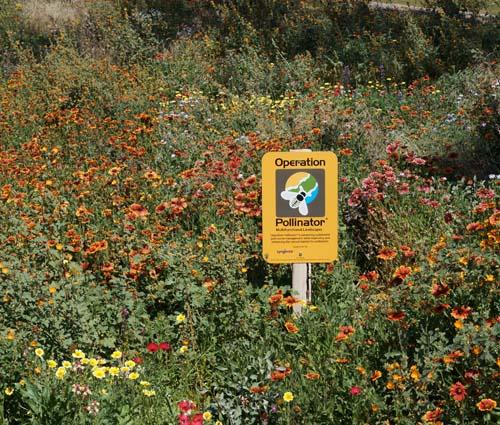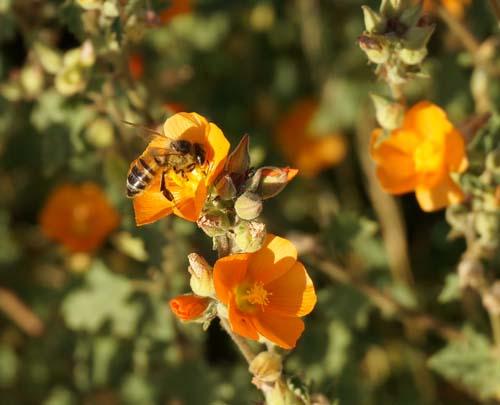 For 13 years, the Operation Pollinator program has been providing tips and tools for helping people the world over protect and promote the revival of hundreds of species of pollinating insects. In that time, the program, which was initially developed by Syngenta, has become increasingly popular on golf courses.
For 13 years, the Operation Pollinator program has been providing tips and tools for helping people the world over protect and promote the revival of hundreds of species of pollinating insects. In that time, the program, which was initially developed by Syngenta, has become increasingly popular on golf courses.In response to the challenges facing bees and other pollinators, Syngenta Turf and Landscape is offering new resources for golf course superintendents interested in creating and expanding Operation Pollinator habitats.
For information on how to establish an Operation Pollinator habitat or how to expand awareness of existing pollinator protection efforts, golf course owners and superintendents can now visit and download information from GreenCastOnline.com/OperationPollinator.
Operation Pollinator provides golf course managers with the tools and information to successfully establish and manage attractive wildflower resources that are crucial for native bees and other pollinating insects to thrive, while enhancing the visual appearance of the course and the overall playing experience. The Operation Pollinator program is focused on four pillars of success: global bee health, promoting community involvement, promoting environmental stewardship and reviving pollinator populations. The program r habitats are currently helping pollinators on golf courses across 26 states and participation continues to grow.
The new site offers advice on why and how to get involved, how to establish a pollinator habitat; communications tools, news release templates, brochures and signage that help managers market their efforts to external audiences; real-world success stories; and additional resources from outside Web sites such as BeeHealth.org.
 "The new Operation Pollinator website helps owners and superintendents explore how they can help protect pollinators and share their efforts with the community," said Syngenta key accounts manager Walt Osborne. "Pairing the expertise of local Syngenta territory managers with these resources provides superintendents a foundation to further their service as environmental stewards and inspire pride for their golf course."
"The new Operation Pollinator website helps owners and superintendents explore how they can help protect pollinators and share their efforts with the community," said Syngenta key accounts manager Walt Osborne. "Pairing the expertise of local Syngenta territory managers with these resources provides superintendents a foundation to further their service as environmental stewards and inspire pride for their golf course." Golf course managers can use the available communication tools to help tell their story about why they are involved with Operation Pollinator. Sample templates for a news release and an e-newsletter provide a starting point for golf courses to express how they support native pollinators and bee health while enhancing the course's appearance and overall playing experience.
Paul Carter, CGCS, has won many awards for his work in environmental stewardship at The Bear Trace at Harrison Bay near Chattanooga, Tennessee, including his work at promoting a healthy environment for nesting bald eagles. He also has developed a successful pollinator zone on the golf course.
"For many years, golf courses have been accused of damaging the habitats of natural pollinators, such as bees and butterflies," Carter said. "In an effort to raise the awareness of the need and importance of these pollinators to golf courses, we are happy to be involved with Operation Pollinator at The Bear Trace at Harrison Bay."

